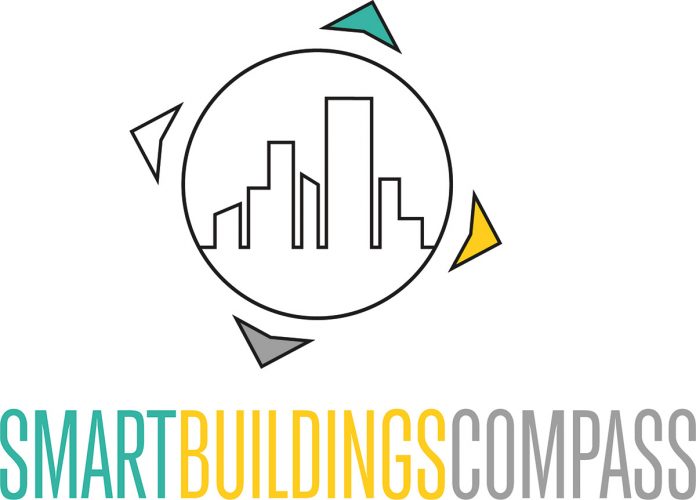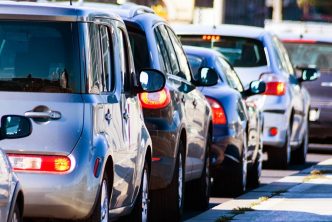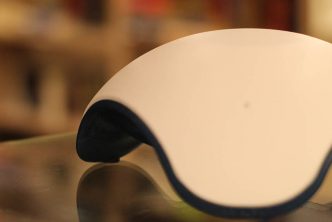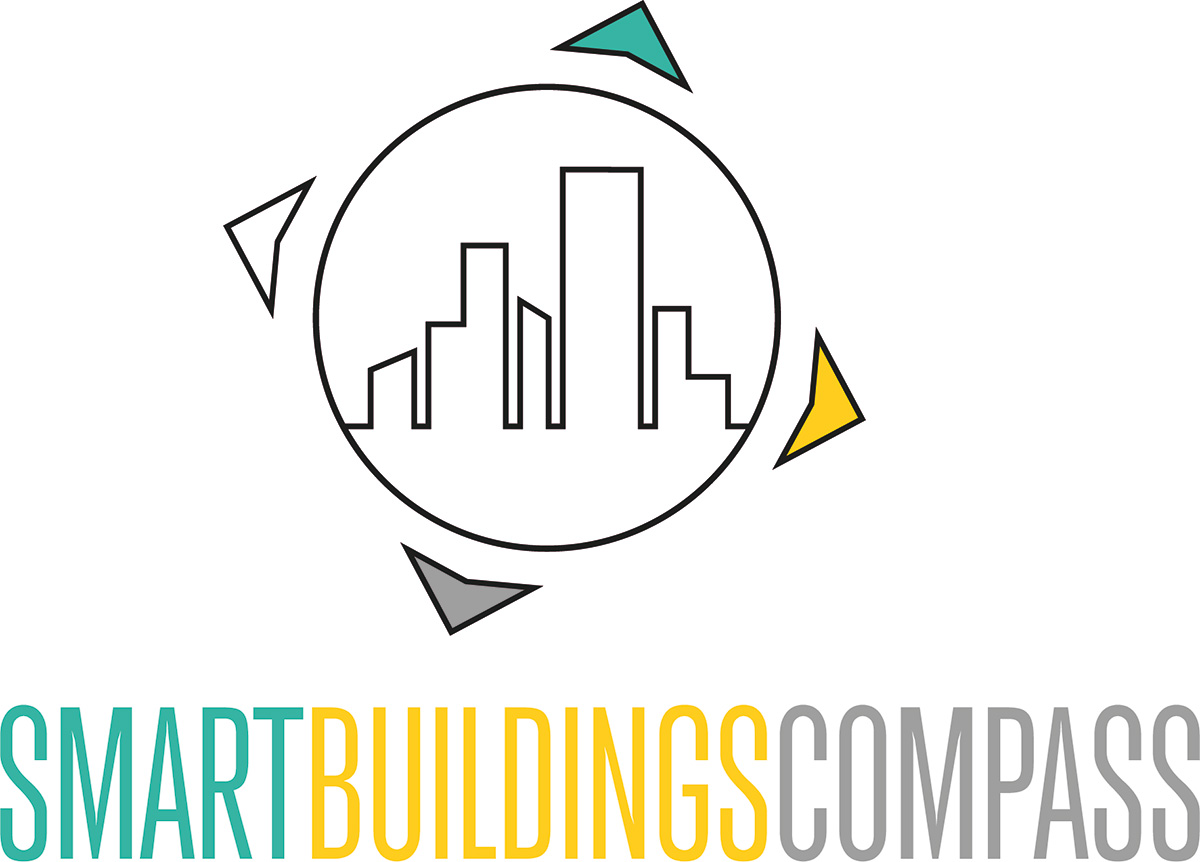The term self-sufficient power supply refers to independence from the power grid. The most sustainable and environmentally friendly option is (self-)supply through renewable energy sources, such as electricity generated by a photovoltaic system.
A completely self-sufficient power supply by renewable energy sources is difficult to achieve, because they are not always available: The sun does not shine at night, wind turbines are dependent on the wind conditions, and in winter the production of electricity by water is also reduced. These technologies allow us to at least reduce the power we draw from the grid and maintain parts of our power supply in an emergency.
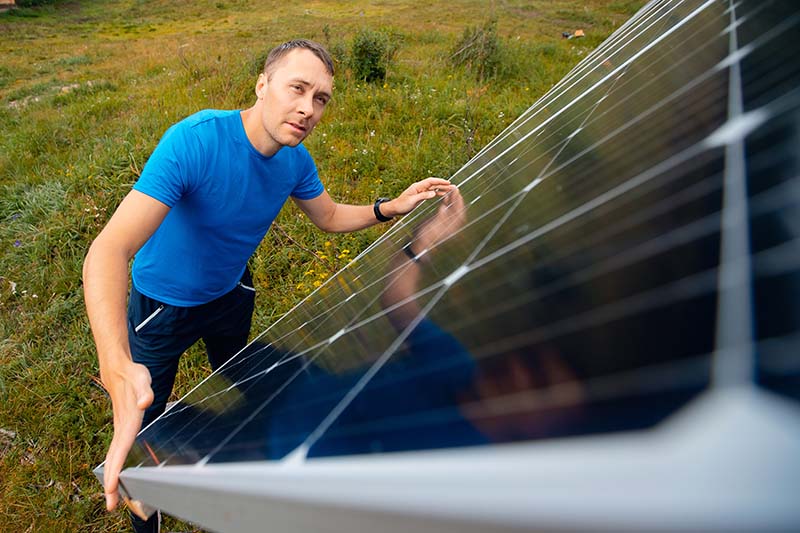
Subsidies and, last but not least, high energy prices made in-house electricity production attractive. Credit: Shutterstock
End consumers thus become so-called prosumers: They produce energy that they consume themselves. This makes them an essential part of the energy transition: And they do so when they consume as much of their self-generated electricity as possible.
This (at least partial) independence from energy supply networks is becoming increasingly attractive for consumers. For example, due to impending energy shortages, rising energy costs or the increased risk of blackouts (for more information, see the interview with blackout expert Herbert Saurugg).
But beware: These systems – e.g. photovoltaic systems – are not automatically fit for the blackout. They usually require mains power for operation and are not automatically self-sufficient. Thus, a PV system needs an inverter that converts the generated direct current into alternating current. However, this is switched off for safety reasons in the absence of mains power. In order to still be able to use your own electricity, you also need a storage tank, which should also be sufficiently filled in case of an emergency.
